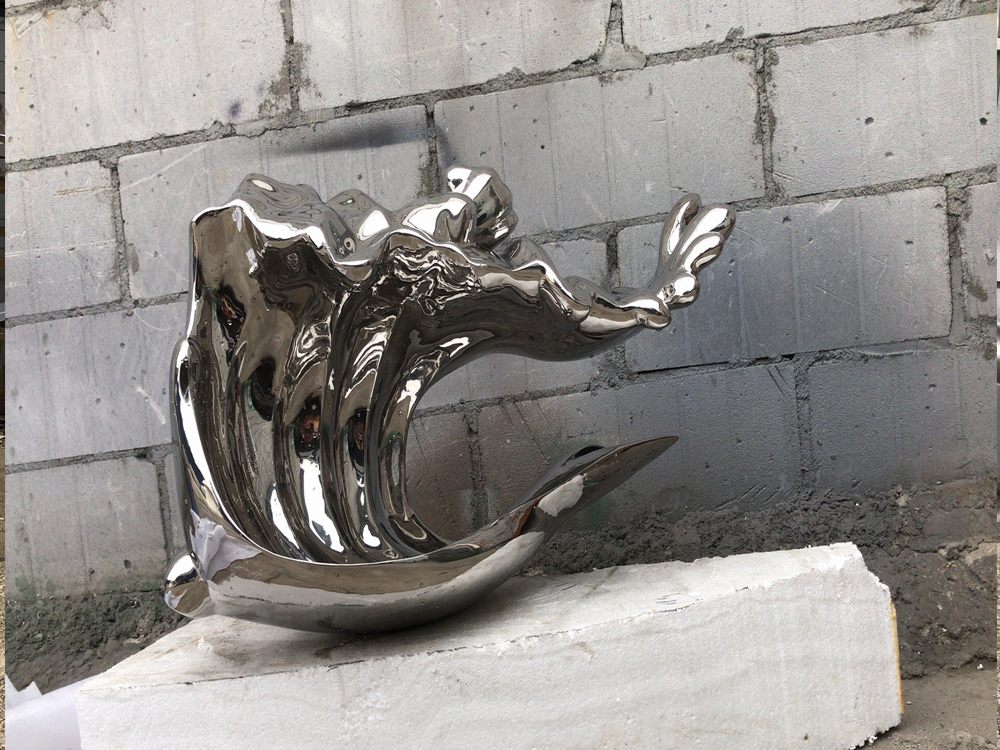
Bronze sculptures hold a profound place in indigenous art forms, serving as timeless vessels of cultural heritage. These artworks are not merely decorative; they embody ancestral stories, spiritual beliefs, and communal identity. Indigenous artisans employ age-old techniques passed down through generations, ensuring the continuity of traditional craftsmanship. The durability of bronze symbolizes resilience, mirroring the enduring spirit of indigenous cultures.
Each sculpture carries layers of meaning—depicting deities, historical events, or natural elements—acting as a visual language for communities. For instance, the intricate patterns in African bronze castings often represent clan histories, while Polynesian bronzes frequently honor navigational traditions. Such works bridge past and present, offering insights into indigenous worldviews.
Beyond aesthetics, bronze sculptures play a vital role in cultural preservation. They resist erosion, both physical and metaphorical, safeguarding narratives that might otherwise fade. Today, contemporary indigenous artists blend traditional motifs with modern themes, ensuring relevance while honoring heritage. By studying these sculptures, we glimpse the soul of cultures that have thrived for millennia.

